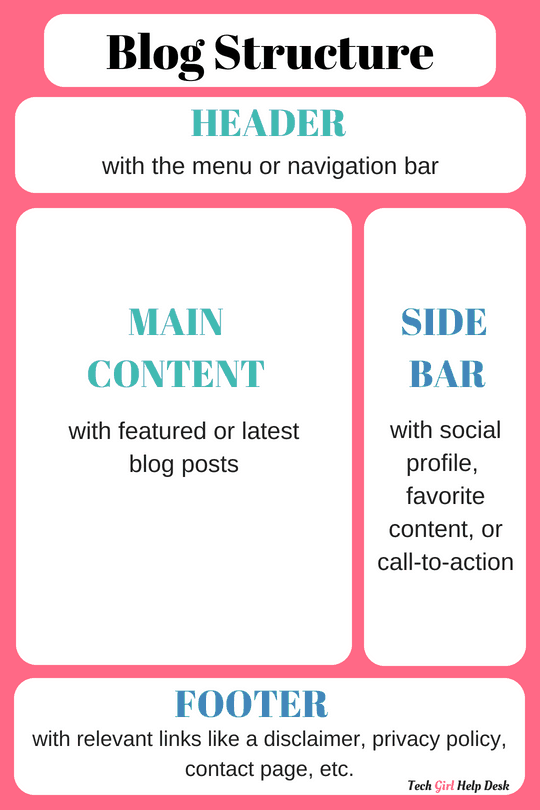Blog Pages
Our Blog Site
Lorem ipsum dolor sit amet, consectetur adipiscing elit. Ut elit tellus, luctus nec ullamcorper mattis, pulvinar dapibus leo.
Lorem ipsum dolor sit amet, consectetur adipiscing elit. Ut elit tellus, luctus nec ullamcorper mattis, pulvinar dapibus leo. Lorem ipsum dolor sit amet, consectetur adipiscing elit. Ut elit tellus, luctus nec ullamcorper mattis, pulvinar dapibus leo.

Lorem ipsum dolor sit amet consectetur adipiscing elit dolor

Add Your Heading Text Here
Lorem ipsum dolor sit amet, consectetur adipiscing elit. Ut elit tellus, luctus nec ullamcorper mattis, pulvinar dapibus leo.

Add Your Heading Text Here
Lorem ipsum dolor sit amet, consectetur adipiscing elit. Ut elit tellus, luctus nec ullamcorper mattis, pulvinar dapibus leo.

Add Your Heading Text Here
Lorem ipsum dolor sit amet, consectetur adipiscing elit. Ut elit tellus, luctus nec ullamcorper mattis, pulvinar dapibus leo.

Add Your Heading Text Here
Lorem ipsum dolor sit amet, consectetur adipiscing elit. Ut elit tellus, luctus nec ullamcorper mattis, pulvinar dapibus leo.
Feature Of Blog
A Blog Must Always Be Dynamic
A common question about a blog is how it relates to a website – are these two essentially the same, or are there any differences between them? While websites are mainly presentational, blogs are always intended to engage. A website is therefore static, as opposed to a blog that must be dynamic.
The information offered by websites is presented on static pages, in the form of an evergreen content that doesn’t require any updates. Blog posts, on the other hand, are like diary entries; they include a publishing date and meta tags. New entries and regular updates are key to running any kind of blog.
Posts Are Displayed in Reverse Order
Unlike with a personal diary written in a notebook, blog entries are displayed in reverse chronological order – the newest posts being on top. The latest ones push previously published ones down the list until they completely disappear from the landing page. Older posts are usually archived on the following pages, but they can also be organized by the month or year when they were first published.
Most Blogs Have the Same Structure
First comes a header with the menu or navigation bar to declutter the page and make a great first impression. It’s followed up by the main content area on which blog posts appear either by order of publishing or by relevance. Down below are contact pages, privacy policies, and relevant links, neatly arranged in a footer. A sidebar highlights favorite entries and displays social profiles and call-to-actions.

The Blog’s Leading Star Is Its Content
Different blogs publish different types of posts, though a majority of them relies on the power of the written word. Depending on the author’s intention, an article is typically an opinion piece, an instructional guide, or a news post. Monotonous chunks of text are separated with images or videos.
A blog post can also be a picture with little or no text. It’s a common trend in fashion and travel blog , though it’s also not rare for business-related niches to publish infographics instead of instructional articles. But regardless of the medium, a blog is always defined by the quality of its published content.
Security and spam protection
People visit your blog for different purposes. While some want to get the content, others are interested in your blog design. However, other visitors simply want to spam your blog or hack it for their cybercriminal activities. The commenting system is one of the targeted features of your blog.
Some people will want to post irrelevant comments or link-spam on your blog to link them back to their sites for higher ranking. If you do not take precautions against comment spams and other related security risks, you will lose your established traffic or the blog itself.
Social media integration
Search box
If you are the kind of blogger who publishes content quite often, people may find it difficult to locate the material that they want, even if you have categorized the topics. Remember, most people who visit your blog are always in a hurry to leave if they cannot find what they wand easily. So, why don’t you make it easy for them to get what they want?
A search box is an essential tool that visitors can use to get the content that they need quickly. This way, visitors don’t have to scroll up and down and search through the pages. All they need to do is type a keyword or topic they are looking for. Your website is already set-up to give results for any searched word.
The search bar should be visible. You can place it on the home page or first page of your blog so that it is among the first things that visitors see on your site. Use plugins to improve the search box so that users can use for content using the different options, such as date or relevance. You can also optimize your blog so that you can search for external materials.
